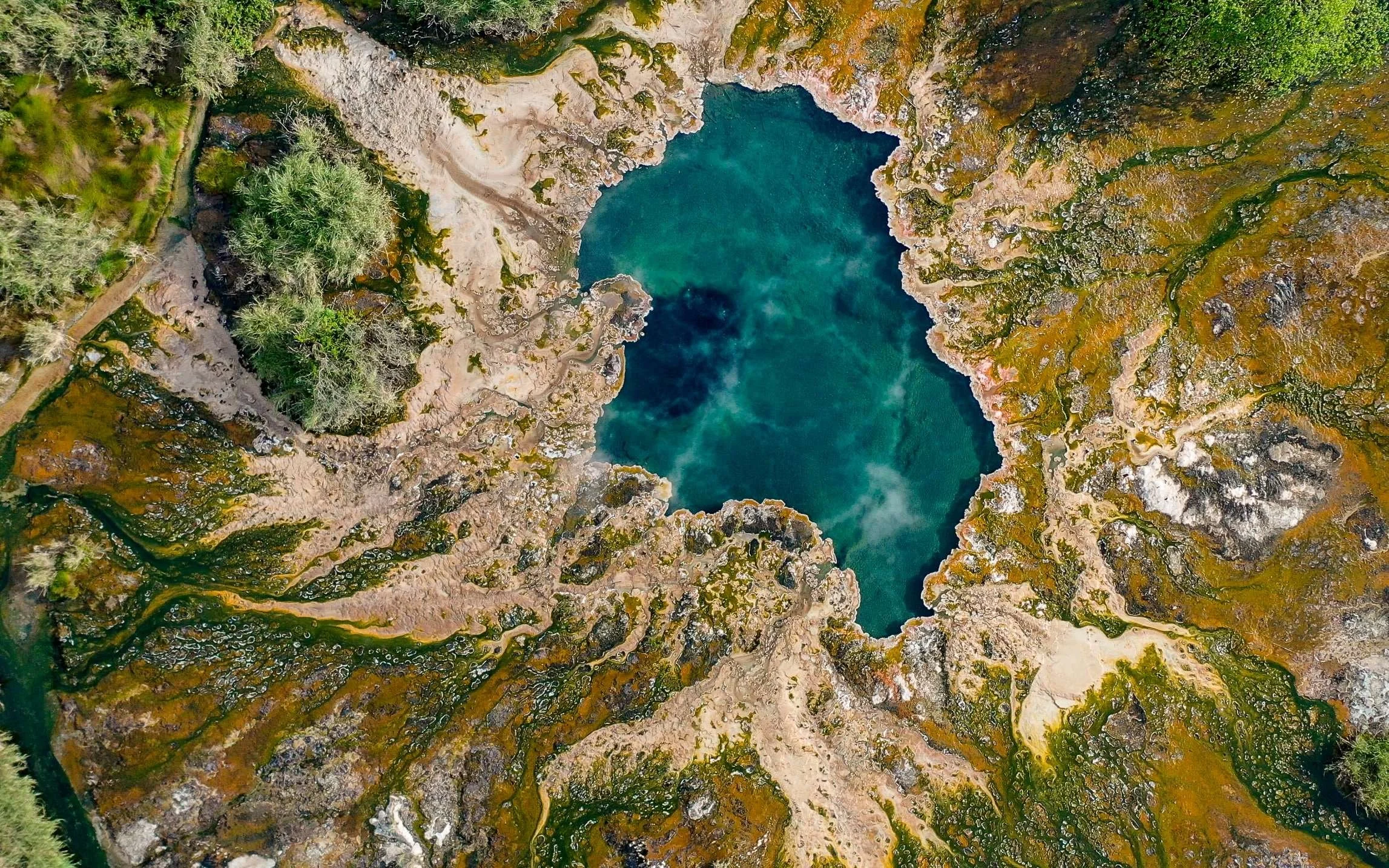Toro-Semuliki Wildlife Reserve
Toro-Semuliki Wildlife Reserve, also known as Semuliki Wildlife Reserve, is one of Uganda's oldest protected areas. Situated in the Albertine Rift Valley, it offers diverse landscapes and stunning views of the surrounding mountains and Lake Albert.
Location and landscape
The reserve is located in western Uganda in the Ntoroko and Kabarole districts.
It is set in a dramatic rift valley between the Rwenzori Mountains, the Kijura escarpment, and Lake Albert.
The terrain includes a mix of dry savannah, acacia-combretum woodland, Borassus palm forest, and riparian woodland.
The reserve is positioned 20 kilometers east of Semuliki National Park.
Wildlife
The reserve protects a rich variety of wildlife, though some populations have not fully recovered from the impacts of civil war.
Mammals: Herds of Uganda kob, African buffalo, elephants, waterbucks, and warthogs are commonly seen. Other inhabitants include the giant forest hog, hippos, crocodiles, and if you are lucky, leopards and pygmy hippos.
Primates: Notable primate species include chimpanzees, black-and-white colobus monkeys, olive baboons, and red-tailed monkeys.
Birdlife: The area is a prime destination for birdwatchers, with over 400 species documented. Key sightings include the elusive shoebill stork, often seen in the marshes near Lake Albert, and the red-throated bee-eater.
Key activities
Visitors can take part in a variety of guided activities:
Game drives: Guided day and night game drives in 4x4 vehicles explore the savannah and woodlands, offering a chance to see both diurnal and nocturnal animals.
Chimpanzee tracking: Guided walks in the Mugiri River Forest allow visitors to track a community of chimpanzees that are the subject of ongoing research.
Boat safaris: Trips on the Semuliki River to Lake Albert are excellent for spotting hippos, crocodiles, and various waterbirds, including the shoebill.
Nature walks and hiking: Explore the reserve on foot with an expert ranger, learning about the local ecosystem and tracking animals.
Cultural encounters: Visit nearby communities to learn about the traditional lifestyles of the Batooro and Batwa (pygmy) peoples.
Sempaya Hot Springs: Visitors can see the hot springs, which are located in the adjacent Semuliki National Park.
Toro-Semuliki Wildlife Reserve vs Semuliki National Park
While both are part of the broader Semliki Valley ecosystem, they offer distinct experiences:
Reserve: Known for its savannah and woodlands, which are ideal for game viewing and birdwatching.
National Park: Composed primarily of lush, verdant rainforest, offering a different ecosystem and attractions like the famous Sempaya Hot Springs.
Frequently Asked Questions (FAQ) about Toro-Semuliki Wildlife Reserve
-
Toro-Semuliki Wildlife Reserve is located in western Uganda, within the Ntoroko and Kabarole districts. It is situated in the Albertine Rift Valley, between the Rwenzori Mountains and Lake Albert.
-
The reserve features a diverse terrain of dry savannah, woodlands, and palm forests. It protects a rich variety of wildlife, including herds of Uganda kob, buffalo, elephants, and warthogs. You may also see chimpanzees, hippos, crocodiles, and with luck, leopards. It's a prime birding destination with over 400 species, including the shoebill stork.
-
Key activities include:
Game Drives: Day and night drives in 4x4 vehicles to see diurnal and nocturnal animals.
Chimpanzee Tracking: Guided walks to track a researched community of chimps in the Mugiri River Forest.
Boat Safaris: Trips on the Semuliki River to Lake Albert for hippos, crocodiles, and waterbirds.
Nature Walks & Hiking: Explore on foot with a ranger guide.
Cultural Encounters: Visit nearby Batooro and Batwa communities.
-
No, the famous Sempaya Hot Springs are located within the adjacent Semuliki National Park. However, it is a key attraction that visitors often see in combination with a trip to the wildlife reserve.
-
Toro-Semuliki Wildlife Reserve is known for its savannah and woodlands, ideal for classic game drives and birdwatching.
Semuliki National Park is primarily lush rainforest, offering a different ecosystem and its main attraction, the Sempaya Hot Springs.
-
The reserve protects a rich variety of wildlife, though the text notes that some animal populations have not fully recovered from the impacts of past civil wars. Nonetheless, many species are commonly seen.

